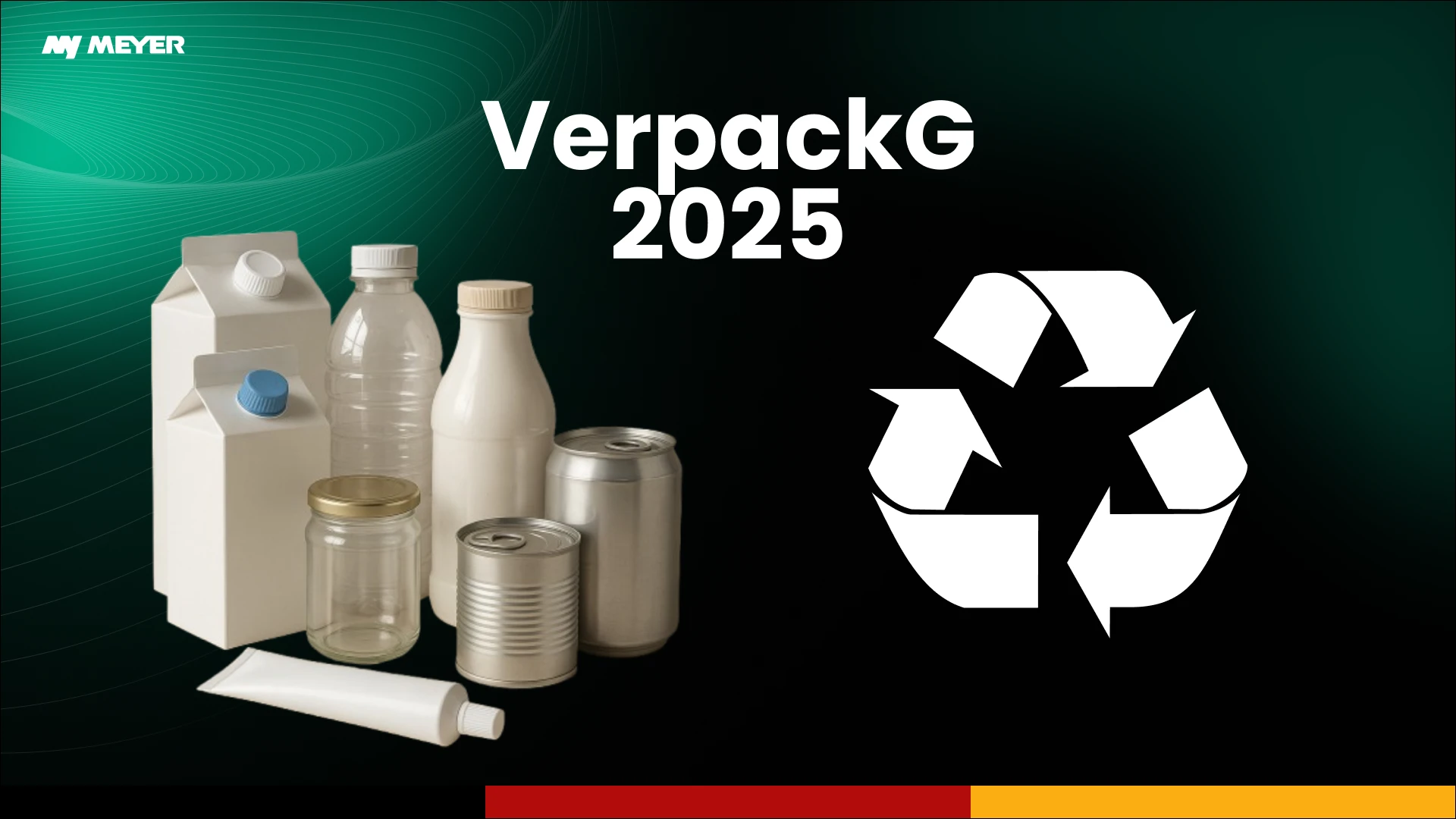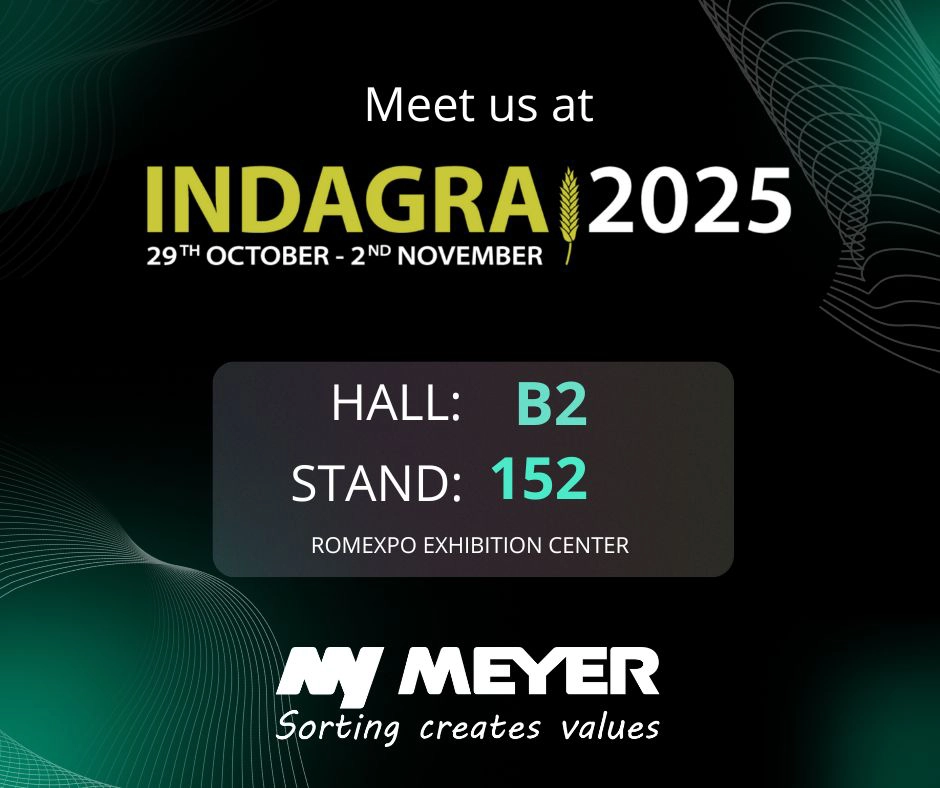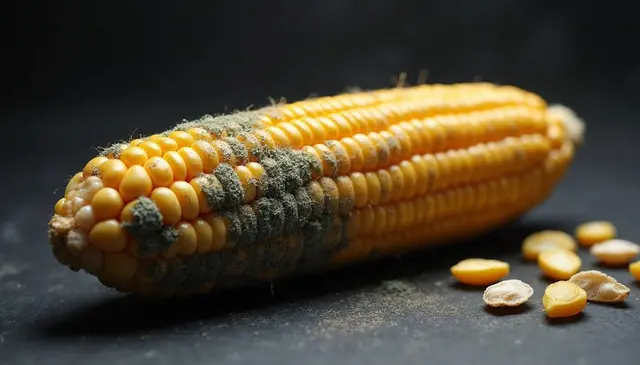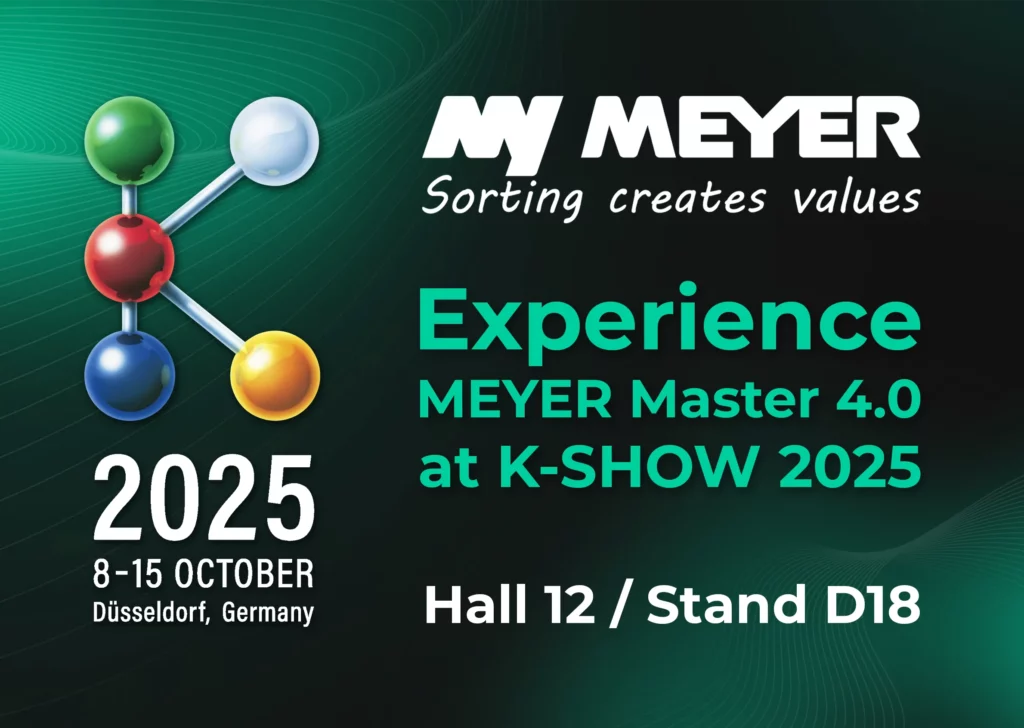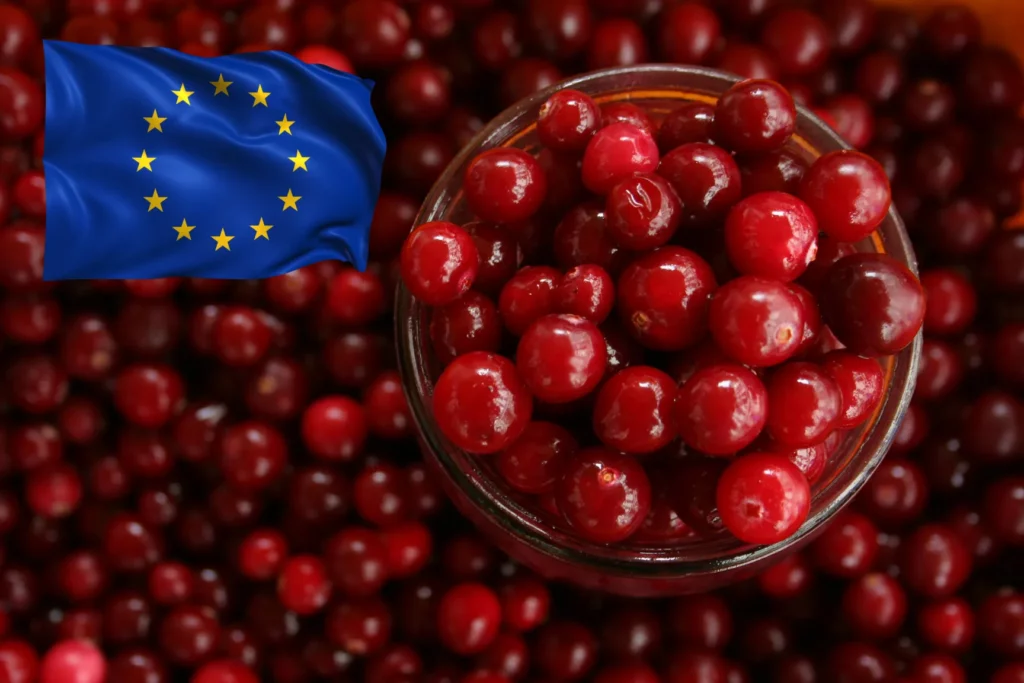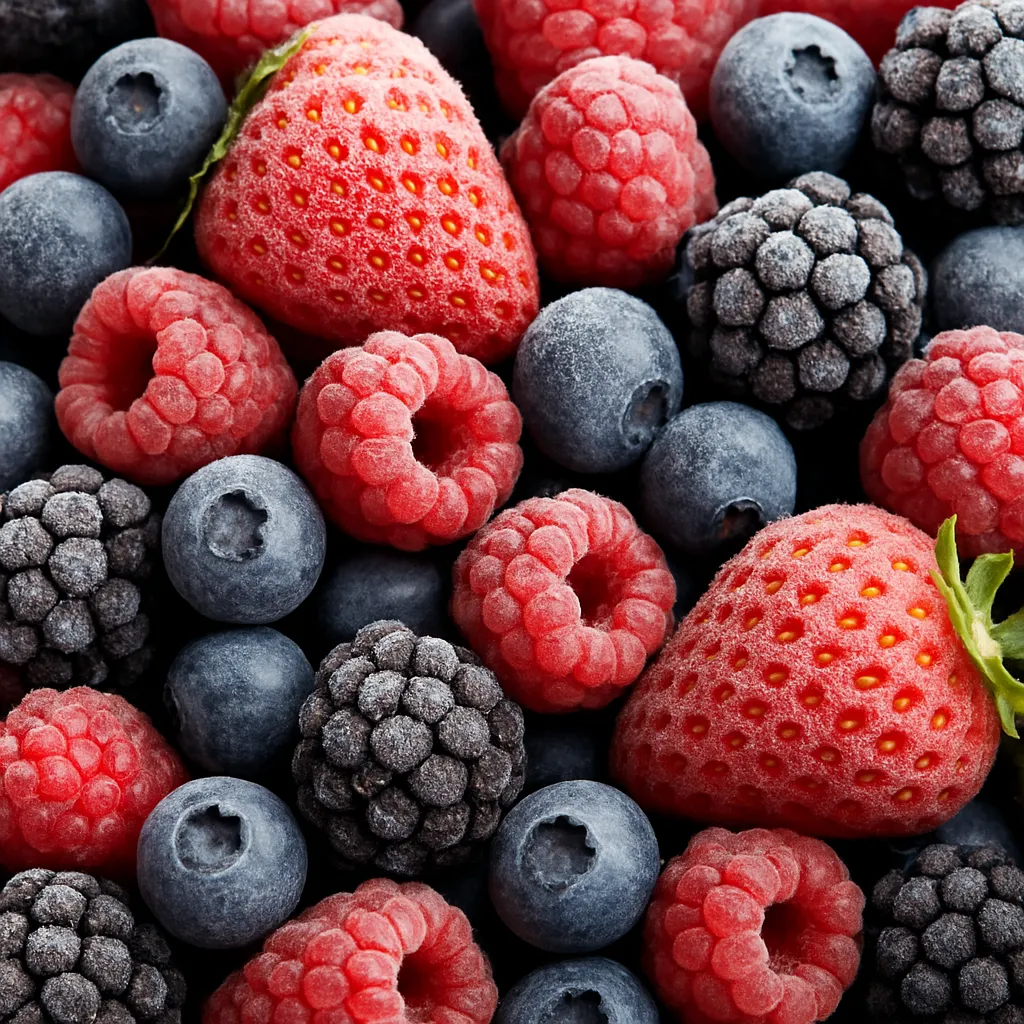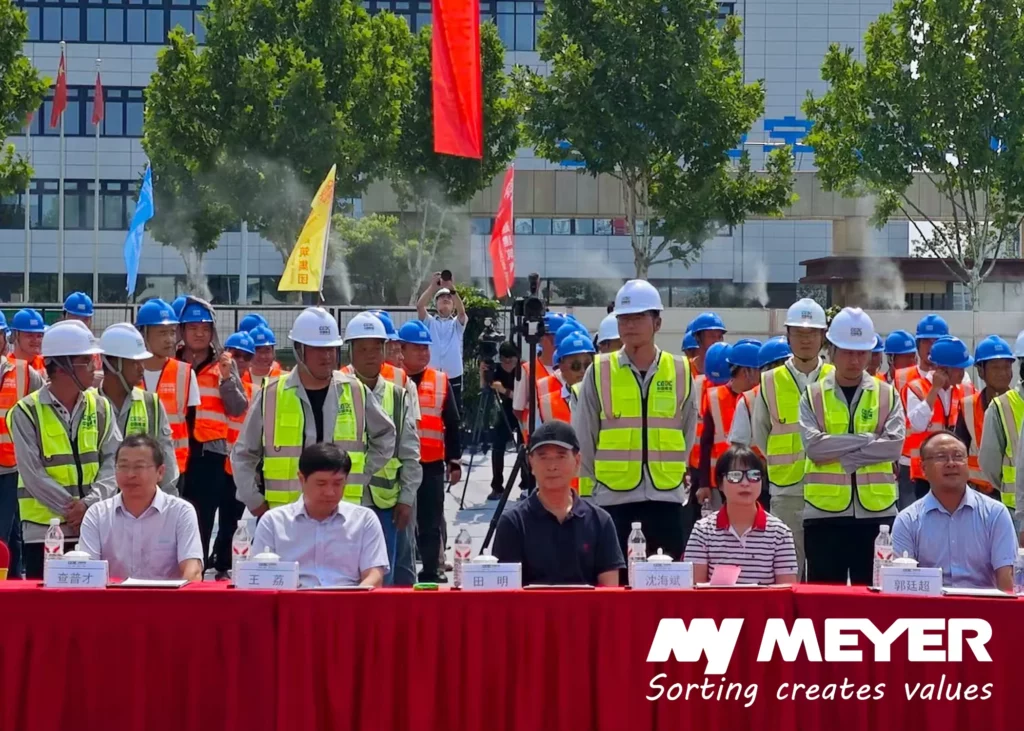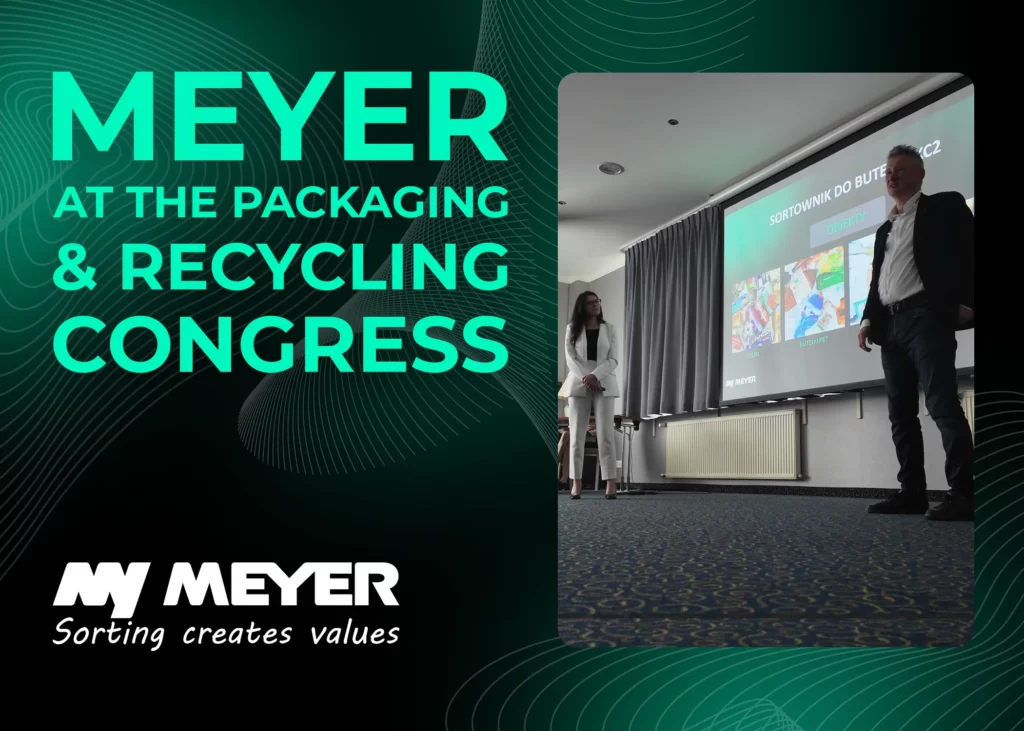In today’s global push for sustainability, Germany stands at the forefront with its comprehensive packaging regulations. This article explores how advanced optical sorting technologies provide effective solutions for meeting these regulatory requirements while enhancing recycling efficiency.
Germany’s VerpackG: Key Requirements
Germany’s Packaging Act (VerpackG), which replaced the previous Packaging Ordinance in 2019 and was significantly expanded in 2022, aims to prevent or reduce the environmental impact of packaging waste. The law establishes clear responsibilities for manufacturers, distributors, and retailers who place packaged goods on the German market.
Core Requirements of VerpackG:
- Registration Obligation: All producers must register with the Central Packaging Register (ZSVR) before placing packaged goods on the market
- System Participation: Manufacturers must join a dual system (such as Der Grüne Punkt) for collection and recycling of packaging materials
- Increased Recycling Targets: The law mandates higher material-specific recycling rates compared to previous regulations
- Data Reporting: Regular reporting of packaging volumes and materials to authorities
- Extended Producer Responsibility: Producers bear financial responsibility for the collection, sorting, and recycling of packaging waste
Since July 2022, additional requirements have come into effect, including registering all packaging types (not just sales packaging) and expanded deposit-return obligations for single-use plastic beverage bottles and beverage cans.
Current Recycling Rate Targets:
| Material | Target (since January 2022) |
| Glass | 90% |
| Paper/Cardboard | 90% |
| Ferrous Metals | 90% |
| Aluminum | 90% |
| Beverage Cartons | 80% |
| Other Composite Packaging | 70% |
| Plastics | 63% |
Meeting these ambitious targets requires advanced technological solutions that can efficiently sort and process diverse packaging materials at scale.
The Role of Optical Sorting in Meeting VerpackG Requirements
Advanced optical sorting technology has become instrumental in helping businesses comply with Germany’s stringent packaging regulations. These systems use sophisticated sensors, imaging technology, and artificial intelligence to identify, separate, and recover various packaging materials with unprecedented accuracy and efficiency.
How Optical Sorters Support VerpackG Compliance:
- Material Identification and Separation
Modern optical sorters employ near-infrared (NIR) spectroscopy, RGB cameras, and X-ray technology to identify specific packaging materials, even in mixed waste streams. This capability is crucial for meeting the material-specific recycling targets mandated by VerpackG. The technology can distinguish between different types of plastics (PET, HDPE, PP, PS), separate paper from cardboard, and identify multi-layer packaging materials. - Increased Recovery Rates
Meyer’s advanced optical sorting systems achieve recovery rates of up to 99,99% for certain materials, significantly exceeding the minimum requirements set by VerpackG. This high efficiency helps manufacturers and recycling facilities ensure they meet or exceed the mandated recycling quotas. - Contaminant Removal
One of the challenges in meeting VerpackG standards is ensuring high-quality recycled materials. Optical sorters excel at detecting and removing contaminants that could compromise recycling quality, including non-target plastics, metal residues, and other foreign materials. - Data Collection and Reporting
Modern optical sorting systems are equipped with sophisticated monitoring and data collection capabilities. These features generate comprehensive reports on material composition, volumes, and sorting efficiency, providing valuable documentation for VerpackG compliance reporting. - Adaptability to Regulatory Changes
With software-based operation, optical sorters can be updated and reconfigured to adapt to evolving regulatory requirements without significant hardware modifications. This flexibility is particularly valuable as Germany continues to refine its packaging regulations.
Meyer’s Advanced Optical Sorting Solutions
Meyer’s cutting-edge optical sorting technology offers specific advantages for businesses seeking to comply with Germany’s VerpackG while optimizing their recycling operations.
Key Features of Meyer’s Optical Sorting Systems:
- Multi-sensor Technology: Combines NIR spectroscopy, color recognition, and metal detection capabilities to maximize material identification accuracy
- High-speed Processing: Sorts up to 8 tons of material per hour, enabling efficient handling of large waste volumes
- AI-Enhanced Recognition: Machine learning algorithms continuously improve material identification, adapting to new packaging types as they enter the market
- Modular Design: Scalable solutions that can be customized to specific facility needs and waste streams
- Remote Monitoring: Cloud-based monitoring allows for real-time performance tracking and predictive maintenance
- Comprehensive Data Analytics: Generates detailed reports on material composition and recovery rates for regulatory compliance
Future-Proofing VerpackG Compliance
As Germany continues to advance its circular economy goals, the VerpackG is likely to evolve with even more stringent requirements. Investing in advanced optical sorting technology provides a future-proof approach to compliance:
- Preparing for Higher Recycling Targets
The German government has signaled intentions to further increase recycling targets in coming years. Meyer’s optical sorting systems already exceed current requirements, positioning facilities to meet future standards without additional capital investment. - Addressing New Material Restrictions
As certain packaging materials face increased restrictions or bans, sorting systems must adapt to changing waste streams. Meyer’s technology can be reconfigured through software updates to identify and process new packaging materials as they emerge. - Enhancing Traceability
Future regulations will likely emphasize improved traceability throughout the recycling chain. Advanced optical sorting systems create digital documentation of material flows, supporting enhanced reporting requirements. - Supporting Design for Recyclability
The data generated by optical sorters provides valuable insights for packaging designers, helping them create more easily recyclable products that align with VerpackG objectives and reduce compliance costs.
Market Growth and Industry Trends
The optical sorting equipment market is experiencing significant growth driven by regulatory pressures like VerpackG. The optical sorting equipment market is expanding from an estimated $3.41 billion in 2024 to a projected $5.89 billion by 2034, with the waste recycling segment estimated to reach $1,284.19 million in 2024.
Conclusion
Germany’s VerpackG represents a significant regulatory framework that demands sophisticated technological solutions for compliance. Advanced optical sorting systems offer a comprehensive approach to meeting current requirements while preparing for future regulatory developments.
By investing in Meyer’s cutting-edge optical sorting technology, businesses can ensure regulatory compliance, contribute to Germany’s circular economy goals, and potentially realize cost savings through improved material recovery and valorization. As packaging regulations continue to evolve across Europe and globally, these technologies will become increasingly essential for sustainable waste management.
References
- Federal Ministry for the Environment, Nature Conservation and Nuclear Safety (BMU). (2022). “The German Packaging Act.” www.bmu.de
- Central Agency Packaging Register (ZSVR). (2023). “Implementation Guidelines for the Packaging Act.” www.verpackungsregister.org
- German Environment Agency (UBA). (2023). “Packaging Waste Statistics 2022.” www.umweltbundesamt.de
- European Commission. (2022). “A European Strategy for Plastics in a Circular Economy.” ec.europa.eu
- Journal of Cleaner Production. (2023). “Technological Innovations in Sorting Systems for Packaging Waste: A Review.” Volume 376.
- Federal Ministry for the Environment, Nature Conservation and Nuclear Safety (BMU). (2025). “The German Packaging Act Implementation Guidelines.”
- Central Agency Packaging Register (ZSVR). (2025). “LUCID Registry Requirements and Compliance.”
- German Environment Agency (UBA). (2024). “Packaging Waste Statistics 2023.”
- European Commission. (2024). “Packaging and Packaging Waste Regulation (PPWR) Implementation Timeline.”
- Resources in Recycling & Circular Economy. (2024). “Assessment of Performance and Challenges in Use of Commercial Automated Sorting Technology for Plastic Waste.” doi:10.3390/recycling7020011
- Recycling & Recovery. (2024). “Recent Developments in Technology for Sorting Plastic for Recycling: The Emergence of Artificial Intelligence and the Rise of the Robots.” doi:10.3390/recycling9040059
